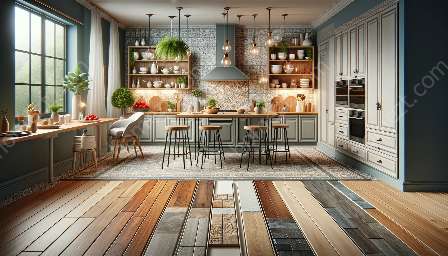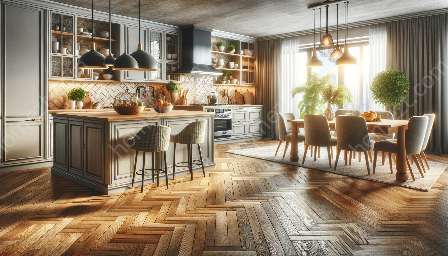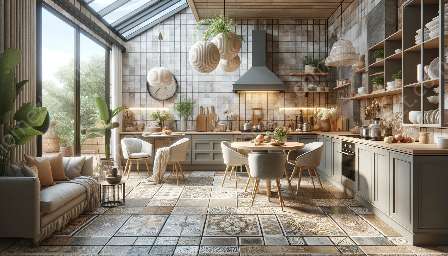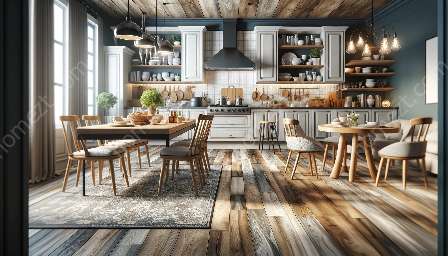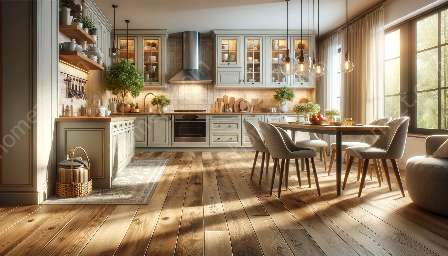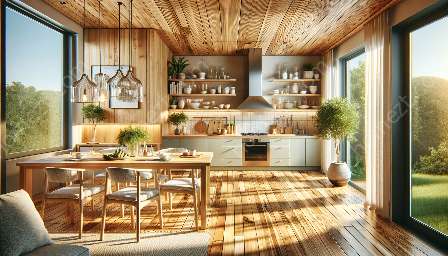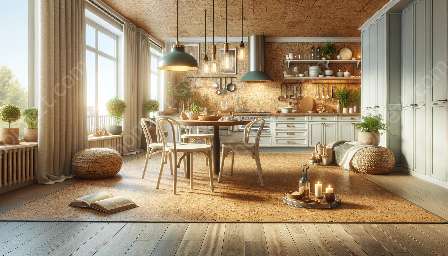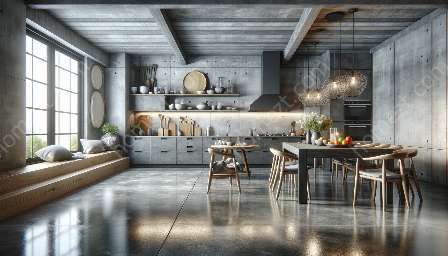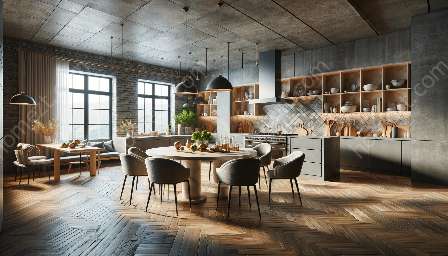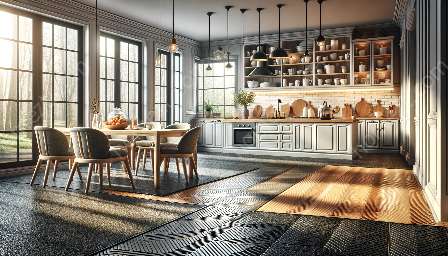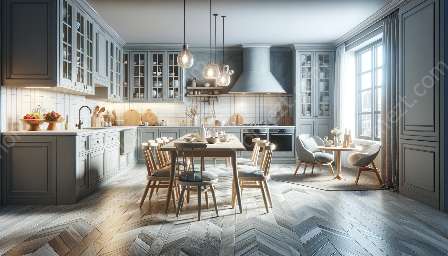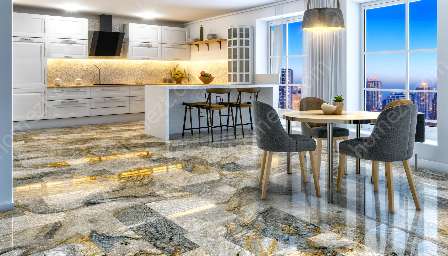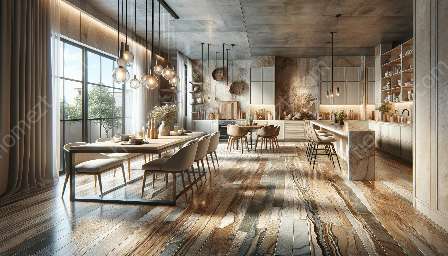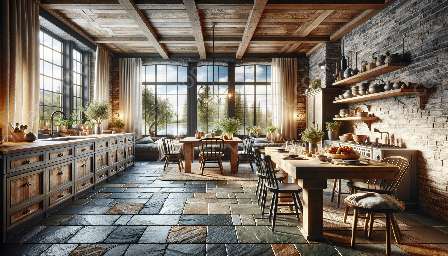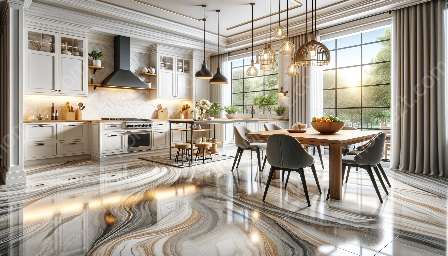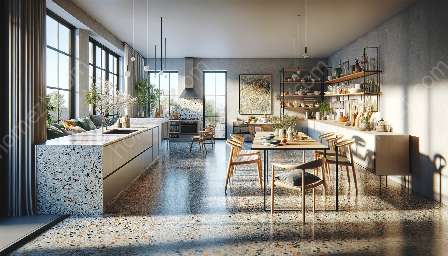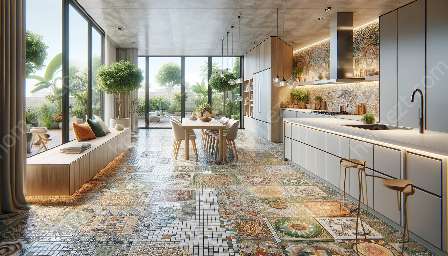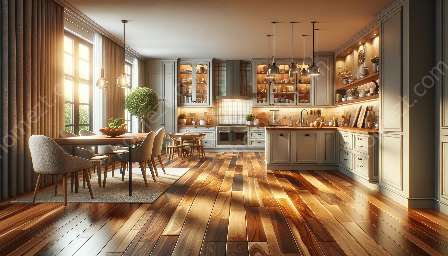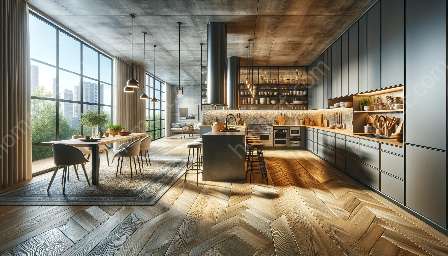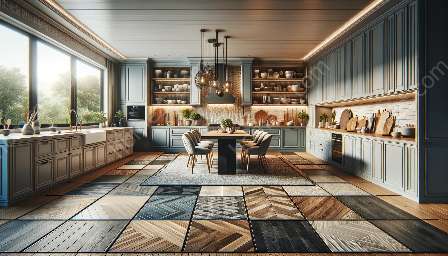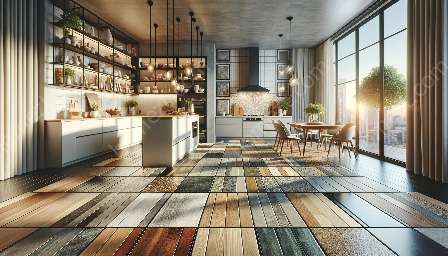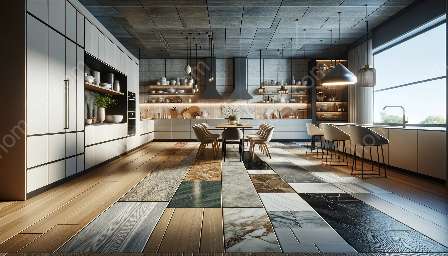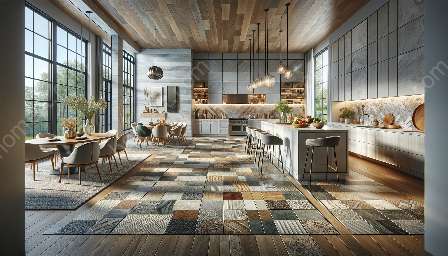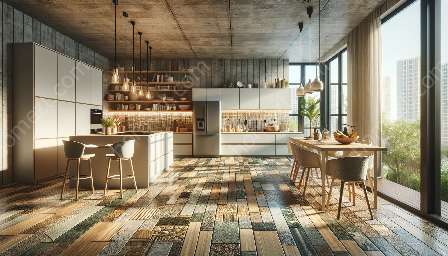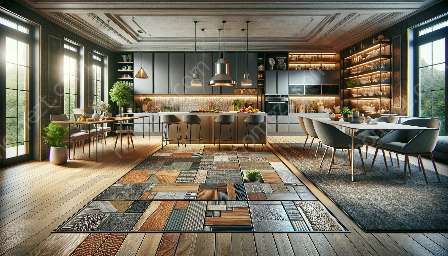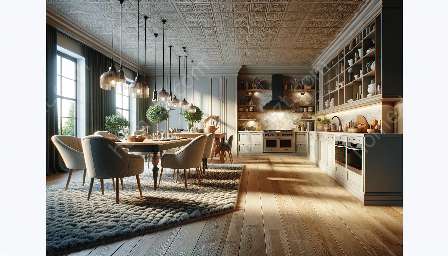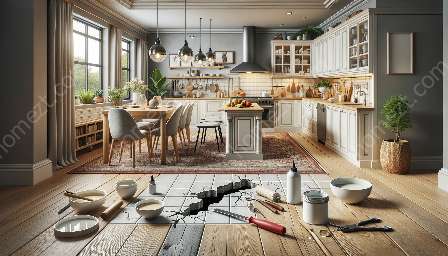Wood flooring adds warmth and elegance to any space, especially in kitchen and dining areas. However, maintaining wood flooring requires attention to detail and the use of compatible cleaning and maintenance practices. In this comprehensive guide, we'll delve deep into the world of wood flooring maintenance, explore its compatibility with kitchen flooring, and discover how it enhances the overall ambiance of kitchen and dining spaces.
Understanding Wood Flooring Maintenance
Wood flooring maintenance encompasses a range of activities aimed at preserving the beauty and integrity of the wood. These activities include regular cleaning, preventive maintenance, and occasional refinishing.
Regular Cleaning
Regular cleaning of wood flooring involves sweeping, vacuuming, or dry mopping to remove dirt, dust, and debris. Using a damp (not wet) cloth or mop with a mild wood floor cleaner can help remove stubborn stains and spills without damaging the wood.
Preventive Maintenance
Preventive maintenance involves measures to protect wood flooring from potential damage. This includes avoiding high heels, pet claws, and heavy furniture without protective pads. Additionally, using area rugs and floor mats in high-traffic areas can minimize wear and tear on the wood.
Occasional Refinishing
Over time, wood flooring may show signs of wear, such as scratches, dullness, or fading. Occasional refinishing, which involves sanding, staining, and sealing, can restore the wood's original luster and beauty.
Kitchen Flooring and Wood Flooring Compatibility
Kitchen flooring, including wood flooring, must withstand the unique demands of the kitchen environment. Wood flooring can be a beautiful and durable option for kitchens, provided it is installed and maintained correctly. When considering wood flooring for the kitchen, it's essential to select wood species and finishes that can handle exposure to moisture, spills, and high foot traffic.
Protective Measures
In kitchen spaces, it's crucial to take additional protective measures to maintain wood flooring. This may include promptly wiping up spills, using area rugs in front of sinks and work areas, and ensuring that the wood is properly sealed to resist moisture penetration.
Enhancing Kitchen & Dining Spaces with Wood Flooring
Wood flooring can significantly contribute to the ambiance and appeal of kitchen and dining areas. Its natural warmth and timeless elegance create a welcoming and inviting atmosphere for cooking, dining, and entertaining.
Visual Cohesion
When wood flooring extends from the kitchen to the dining area, it creates a sense of visual cohesion and continuity, making the space feel more expansive and unified.
Aesthetic Appeal
Wood flooring adds a touch of sophistication to kitchen and dining spaces. Its varied grain patterns, rich textures, and natural hues complement a wide range of interior styles, from traditional to modern.
Warmth and Comfort
Wood flooring exudes warmth and comfort underfoot, making kitchen and dining areas more inviting and comfortable for everyday use as well as gatherings and celebrations.
By understanding the intricacies of wood flooring maintenance, its compatibility with kitchen flooring, and the impact it has on kitchen and dining spaces, homeowners and designers can make informed decisions when incorporating wood flooring into their homes.

